The Fedora Magazine recently interviewed Lennart Jern on how he uses Fedora. This is part of a series on the Fedora Magazine. This series profiles Fedora users and how they use Fedora to get things done. Contact us on the feedback form to express your interest in becoming a interviewee.
Who is Lennart Jern?
Lennart Jern is a Swedish-speaking Finn, who has been living in Umeå, Sweden, for about three years. He was born and raised in southern Finland where he obtained his master’s degree in applied mathematics. His time at university exposed Lennart’s true passion. “While at the university, I realized that computer science was really what I wanted to work with.” In order to follow his dream of working in computer science he moved to Sweden with his wife to pursue a master’s program in computer science. After a short while he had learned enough to land a job with a local startup. “I’m working with cloud/distributed systems, specifically with tools like kubernetes and OpenShift.”
Lennart’s first contact with Linux was in 2006. Some of the computers in his high school were running OpenSuse. He installed Ubuntu’s Hardy Heron in 2008 and has been using Linux ever since.
The Hobbit: An Unexpected Journey and Star Wars: The Force Awakens are his two favorite movies. Lennart likes simplicity. “I generally don’t like fancy food. Nothing beats a homemade pesto-mozzarella pizza.”
Self hosting is one of Jern’s hobbies. He hosts a private blog and a git service running on a cluster of Raspberry Pi computers. “For my blog I am using Jeckll and the git service is gogs.” The Raspberry PI cluster makes use of Kubernetes. Lennart uses several other open source tools to maintain the hosted environment. “I use for the self hosting environment are certbot for certificates, ansible for automation and parallelization of tasks.”
The Fedora Community
Lennart became active with the Fedora Community when his friend introduced him to Fedora. “A friend of mine, Ludvig, was running Fedora on his laptop and I got curious. I wanted to know more about the differences between Linux distros so I simply tried it out.” His friend, Ludvig, also convinced him to get involved with the open source world. “He was using Fedora when we were in high school, probably because it was what Linus Torvalds was using at the time.”
Lennart’s first interactions with the Fedora Community came when he was looking for solutions to issues with Pulse Audio. He found the community friendly and welcoming. “It is nothing to be afraid of, just try it! You don’t have to commit all your free time to it, nobody expects that. If you stumble across something that you can fix or report, do it! It will feel great!”
When asked what he would like people to know about Fedora Lennart was quick to mention stability. “I feel that many still have the impression of Fedora being a bleeding edge distro with problems and broken applications every new release. Bleeding edge might still be true, but I find Fedora very well polished and stable these days.” Lennart would also like to see Fedora more well know in Nordic countries.
What Hardware?
Jern has five machines running Fedora. One desktop, one laptop and three Raspberry Pi computers. The desktop is a custom computer with an AMD Ryzen 5 1600 CPU and 16 GB of ram. The desktop makes use of two graphics cards for multi seating. The video cards are both made by Asus. The first is a Radeon 6870 and the second is a Radeon RX 550. The laptop is a refurbished HP ProBook 430 G2. It is equipped with an Intel Core i5-4210U and 4 GB or ram. Two of the Rasberry Pi computers are model 3 B+ and the other is a model 3B.
What Software?
All of Lennart’s computers run Fedora 28. “The laptop and desktop are both on the Workstation edition while the raspberries have minimal installations.”
One of the raspberries (the model B) is still running ARMv7, while the other two are running the newer aarch64 images. Jern’s laptop and desktop are close to the base workstation edition. “I just add a couple of GNOME extensions specifically the Drop Down Terminal and the Dash to Dock extensions.” Notable applications that Lennart uses include:
- Chrome as browser,
- Atom as text editor/IDE,
- Gedit or vim for ad hoc text editing,
- Slack and Telegram for chatting.
Lennart also use git for version control, occasionally with gitg and meld as helping tools. He makes use of Gnome Boxes and vagrant for experimenting with things in virtual machines and docker for his container needs. “Finally, an important piece of software that I have come to rely on is pass and QtPass for password management.” Jern also uses syncthing for synchronizing files between my computers.
“When I’m done geeking around, I relax with some Steam games. And, when I do not need the full power of my desktop I let it contribute to the World Community Grid.“








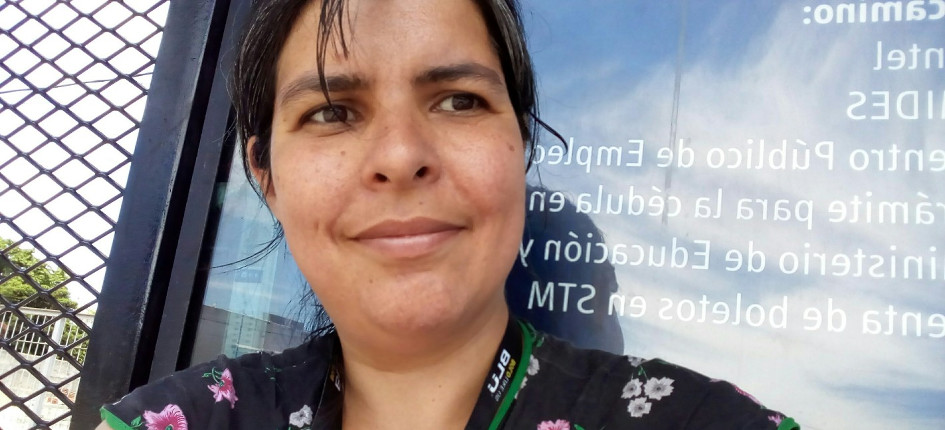
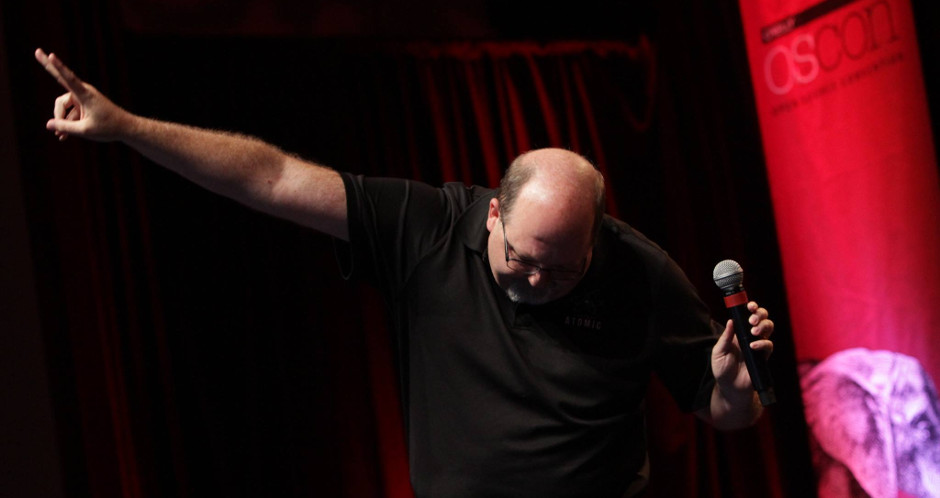


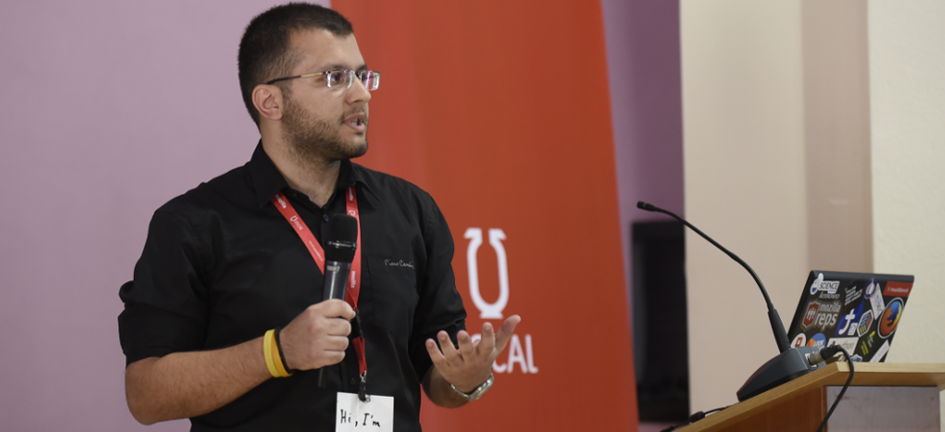



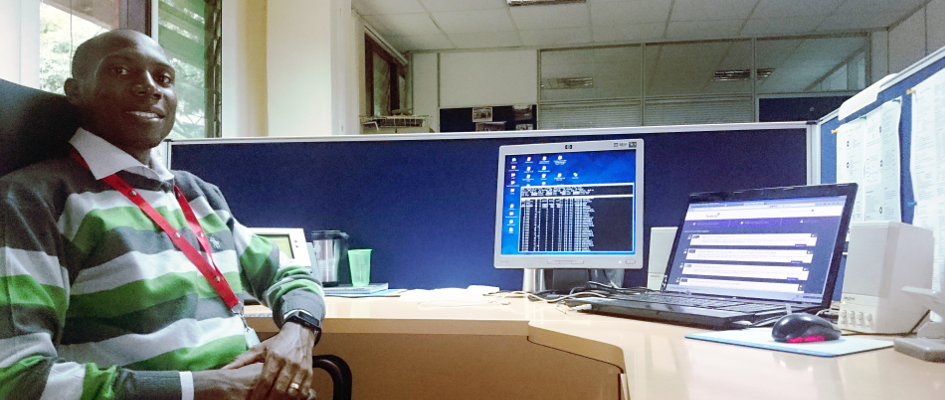
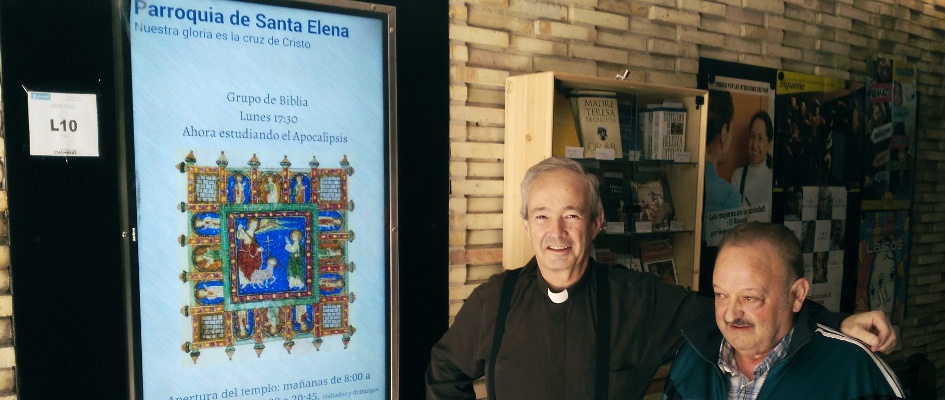
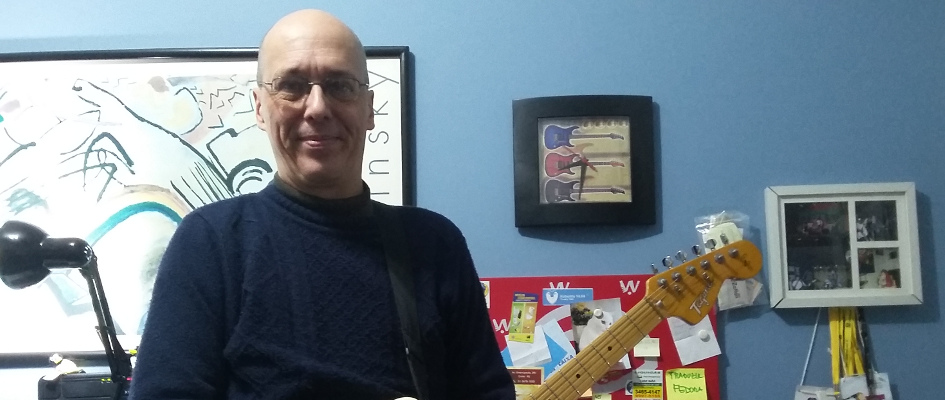

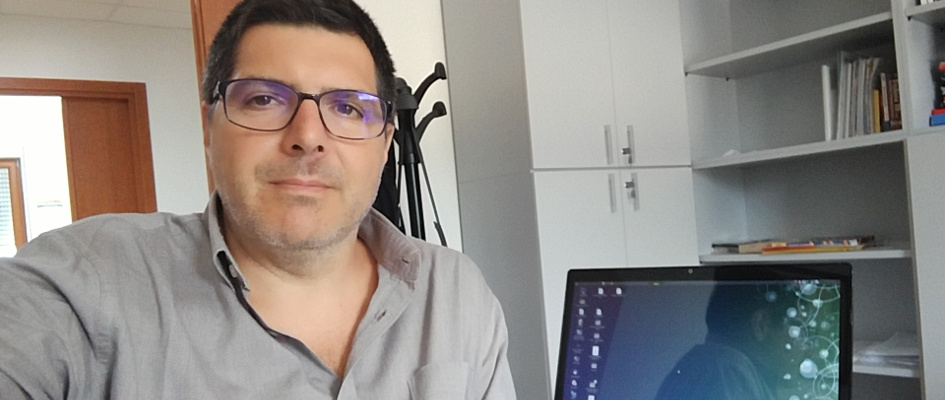



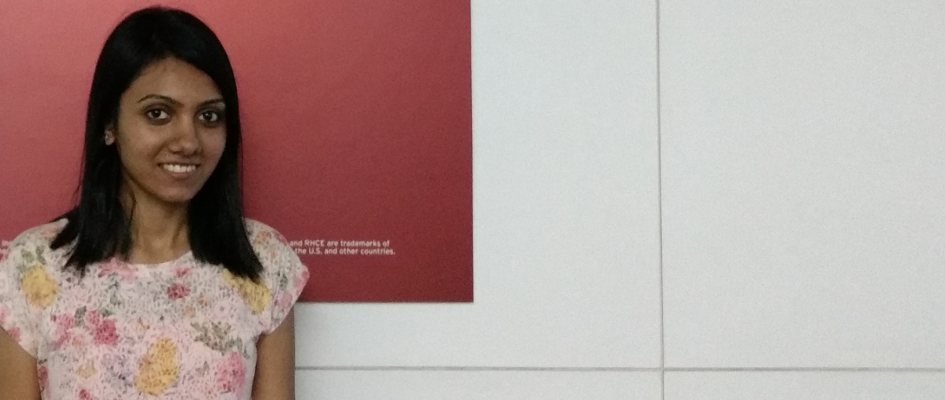



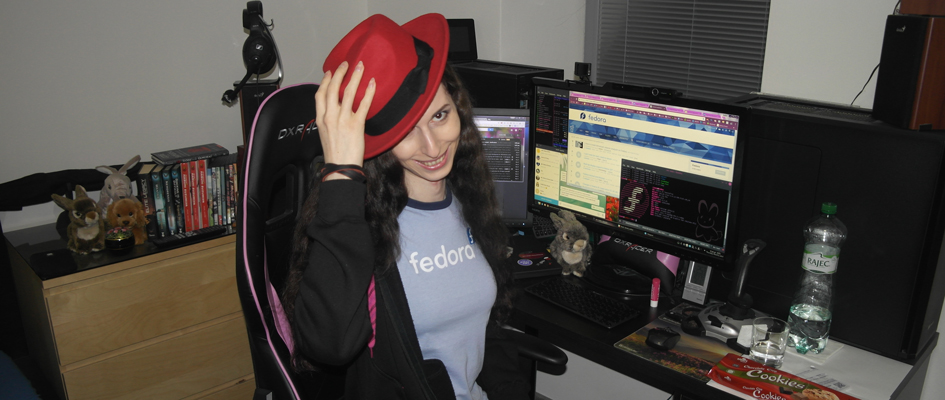

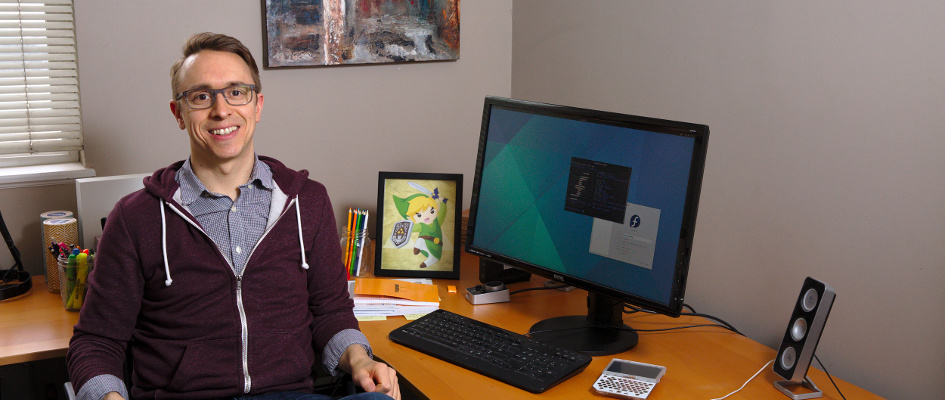
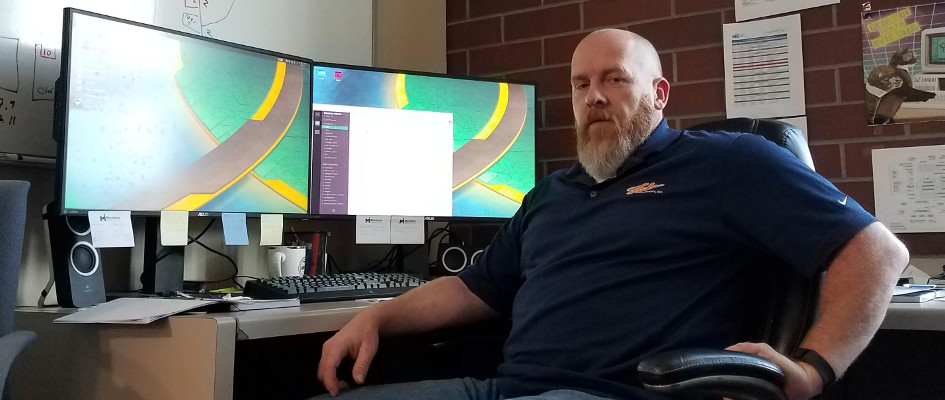


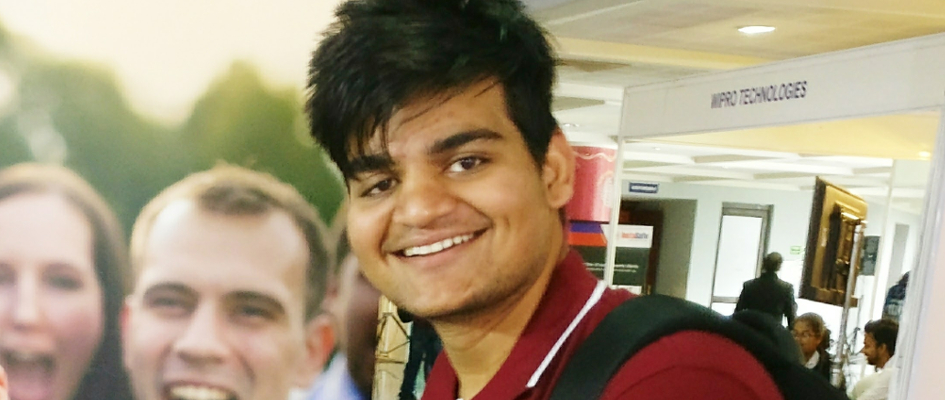


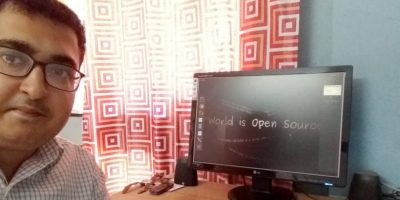




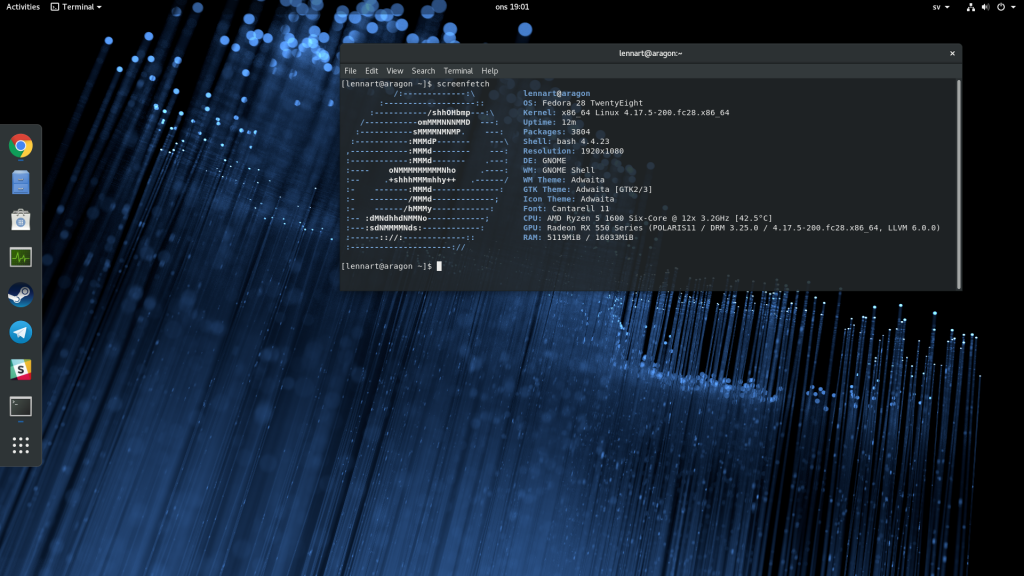

Mehdi
Cluster of raspberry pies?! And also many other interesting stuff. Insightful. Thanks for sharing.
johanh
Great to see another sv_FI Fedora user!
Bill Chatfield
Great article. Fedora everywhere! 🙂